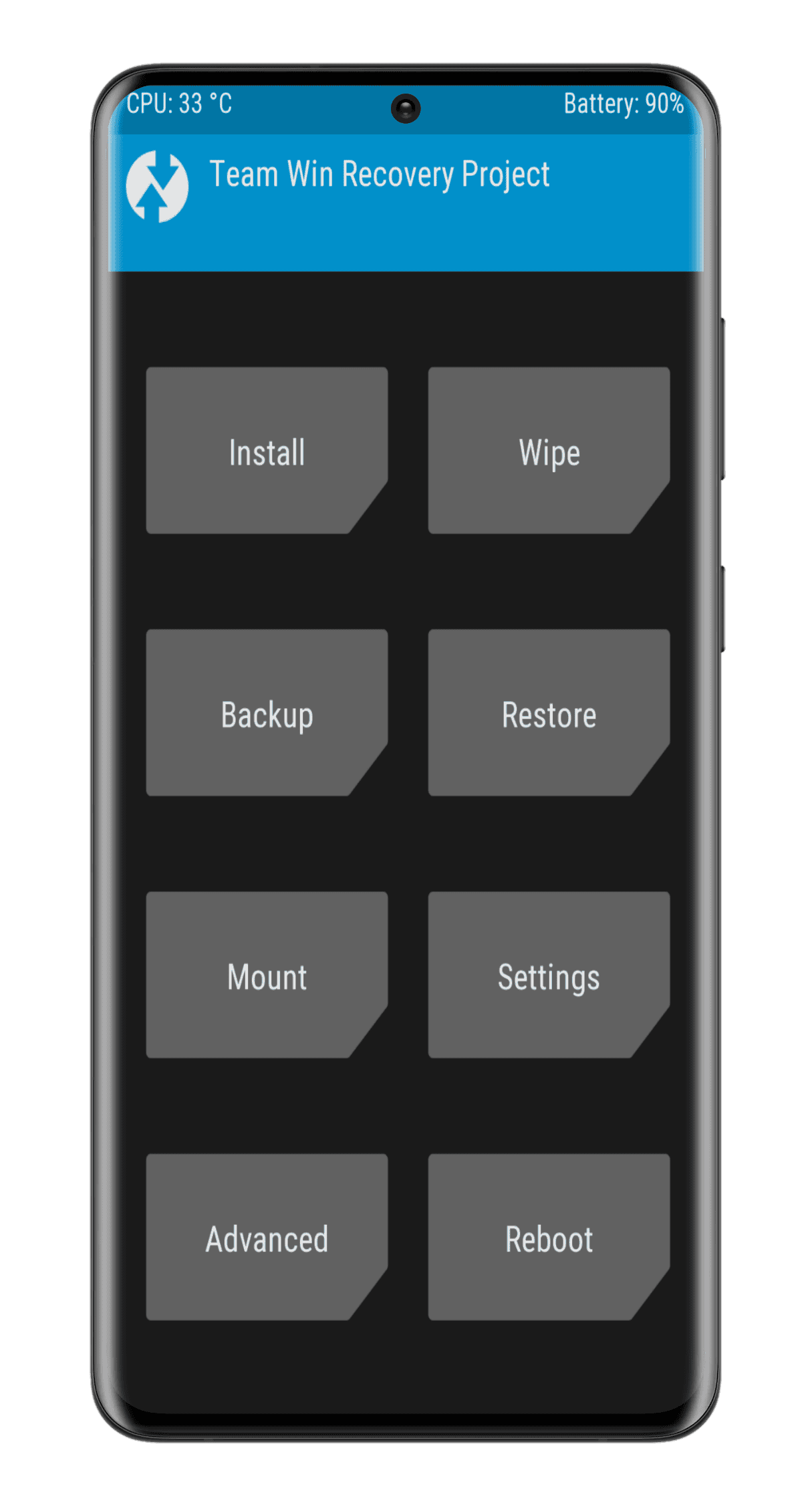“Okay, here is an article about Magisk APK, written in English, aiming for approximately 1600 words.
Okay, here is an article about Magisk APK, written in English, aiming for approximately 1600 words.

Magisk: Unlocking the Full Potential of Your Android Device (The Systemless Revolution)
In the ever-evolving landscape of mobile technology, Android stands out for its open-source nature and the unparalleled freedom it offers users. While manufacturers and carriers often impose limitations, a vibrant community of developers and enthusiasts constantly pushes the boundaries of what’s possible. At the heart of this movement, enabling deep customization and control, lies a powerful tool known as Magisk.
For years, rooting an Android device – gaining privileged access to the operating system’s core files – was the gateway to unlocking its full potential. Rooting allowed users to install powerful apps, remove bloatware, flash custom ROMs, and tweak system settings far beyond the standard options. However, traditional rooting methods often came with significant drawbacks, such as breaking crucial functionalities like banking apps, streaming services, and mobile payment systems due to their inability to pass Google’s SafetyNet checks. This is where Magisk entered the scene, revolutionizing the Android modding world with its innovative "systemless" approach.
This comprehensive article will delve deep into what Magisk is, how it works, its key features, how to install and use it, the benefits and risks involved, and why it has become the de facto standard for rooting Android devices today.
What is Magisk? More Than Just Root
At its core, Magisk is a suite of open-source software that provides a systemless interface to manage root access, modify system settings, and install powerful modules without actually altering the /system partition of your device. Developed initially by John Wu, Magisk stands for "Magic Mask," a name that hints at its ability to mask modifications from the operating system and other applications.
The term "systemless" is crucial here. Traditional rooting methods would directly modify files within the /system partition. This had several negative consequences:
- Broken OTA Updates: Modifying
/systemmeant the device’s system files no longer matched the expected state, preventing official Over-The-Air (OTA) updates from installing correctly. Users had to wait for custom ROMs or manually flash updates, often losing root in the process. - SafetyNet Failure: Google’s SafetyNet Attestation API is a security check used by many apps (banking, Netflix, Pokemon Go, Google Pay, etc.) to determine if a device has been tampered with. Modifying
/systemwas a clear indicator of tampering, causing these apps to refuse to run or function properly. - Difficulty in Unrooting: Reverting to a stock state could be complicated, sometimes requiring flashing the entire factory image.

Magisk overcomes these issues by making all its modifications in the boot partition, specifically within the boot.img file. It essentially creates a virtual layer over the system partition. When the device boots, Magisk loads its components before the system fully initializes, allowing it to intercept processes and provide root access or apply modifications without touching the original system files. This ingenious method allows users to enjoy the benefits of root while maintaining the integrity of the /system partition.
The Evolution of Android Rooting: From SuperSU to Magisk

To fully appreciate Magisk, it’s helpful to look back at the history of Android rooting.
In the early days, rooting often involved exploiting vulnerabilities or flashing pre-rooted system images. Tools like Superuser and later SuperSU became the standard for managing root permissions. SuperSU, developed by Chainfire, was the dominant root solution for many years. It worked by placing a su binary (the command-line tool for gaining root privileges) and its management app directly into the /system partition.
While SuperSU was highly effective for its time, it suffered from the drawbacks mentioned earlier, particularly the inability to pass SafetyNet as Google tightened security measures and app developers increasingly relied on these checks. As apps like banking services became more sophisticated in detecting root, users were forced to choose between the functionality of these apps and the power of root access.
This growing need for a root solution that could coexist with modern app requirements paved the way for Magisk. John Wu’s systemless approach was a paradigm shift. By operating from the boot partition and using techniques to hide its presence, Magisk allowed users to have their cake (root) and eat it too (use SafetyNet-dependent apps). Its open-source nature also fostered a strong community, leading to rapid development and a rich ecosystem of modules.
How Magisk Works: A Deeper Dive into the Systemless Magic

Understanding the technical underpinnings of Magisk helps clarify its power and limitations. The core of Magisk’s systemless operation lies in how it interacts with the device’s boot process.
When an Android device boots, it loads the kernel from the boot.img partition. This image contains the kernel itself and the initial ramdisk, which sets up the minimal environment before the main Android system (/system) is mounted.
Magisk works by patching this boot.img file. It injects its own code and files into the ramdisk. When the patched boot.img is booted, Magisk’s code executes very early in the boot sequence. It then intercepts key processes and mounts its own directories over existing system directories (like /sbin, /system/bin, /system/xbin) using mount namespaces. This is a technique where Magisk creates a separate view of the filesystem for itself and root processes, while the original system view remains untouched for non-root apps.
Think of it like this: the original /system partition is a book. Traditional root would write notes directly on the pages (modifying files). Magisk, however, puts a transparent overlay sheet on top of the book. It writes its notes on the overlay. When you look through the overlay, you see the original text plus Magisk’s notes. But if you remove the overlay (or an app is designed to only look at the original pages), you only see the untouched book.
This systemless mounting allows Magisk to:
- Provide the
subinary: The command-line tool needed to execute commands with root privileges is made available via Magisk’s overlay. - Manage Root Permissions (MagiskSU): Magisk intercepts requests for root access from apps and presents a prompt to the user via the Magisk Manager app, allowing them to grant or deny permission.
- Apply Systemless Modifications: Modules can place files or scripts in directories managed by Magisk’s overlay, effectively modifying system behavior without touching the original files.
- Hide its Presence (MagiskHide/Zygisk): By controlling which processes see the modified filesystem view and employing various detection countermeasures, Magisk can hide its presence from specific apps.
This patching process is typically done in one of two ways:
- Patching Stock Boot Image: The user extracts the stock
boot.imgfile from their device’s firmware, loads it into the Magisk Manager app, which patches it, and then the user flashes the patched image using a tool likefastboot. - Flashing via Custom Recovery: If a custom recovery like TWRP is installed, the user can simply download the Magisk ZIP file and flash it directly through the recovery environment. The Magisk ZIP automatically detects the device and patches the boot image during the flashing process.
Both methods achieve the same result: a device booting with a Magisk-patched boot.img.
Key Features of Magisk
Magisk isn’t just about getting root; it’s a comprehensive platform for managing and extending root capabilities. Its main features include:
- MagiskSU: This is the core root management component. It handles all root access requests from applications and provides a user-friendly interface (via Magisk Manager) to grant, deny, or manage permissions on a per-app basis. It’s a robust and secure way to control which apps get superuser privileges.
- MagiskHide (and its successor, Zygisk): This feature is arguably what propelled Magisk to prominence. MagiskHide allowed users to hide the presence of root from specific apps. It worked by unmounting Magisk’s overlay for selected processes and employing various detection bypass techniques. As Google’s SafetyNet and app developers’ detection methods evolved, MagiskHide faced challenges. The newer approach, Zygisk (introduced in Magisk v24), operates earlier in the Android process lifecycle (within the Zygote process, which launches all apps) and provides a more powerful and flexible way for modules and Magisk itself to interact with apps and potentially hide modifications. Zygisk also includes a "DenyList" feature, allowing users to easily select which apps Magisk should attempt to hide from.
- Magisk Modules: This is a powerful extension system that allows developers to create modifications that can be easily installed, updated, and removed systemlessly. Modules can range from simple tweaks (like enabling Camera2 API) to complex system modifications (like installing custom audio drivers, modifying emojis, or changing system fonts). The Magisk Manager app includes a built-in module repository browser, making it easy to find and install modules directly from the app.
- MagiskBoot: A command-line tool used by Magisk to unpack and repack boot images. This is the engine that allows Magisk to patch the
boot.imgsystemlessly. - Magisk Manager App: The central hub for interacting with Magisk. It provides the interface to:
- Check Magisk installation status and version.
- Install/update Magisk.
- Manage Superuser permissions for apps.
- Browse, install, update, and remove Magisk Modules.
- Check SafetyNet status.
- Configure Magisk settings (like MagiskHide/DenyList, systemless hosts, etc.).
- Bootloop Protection: If a Magisk module causes your device to enter a bootloop (repeatedly failing to boot), Magisk includes a safety feature. By holding down the volume down button during boot, you
